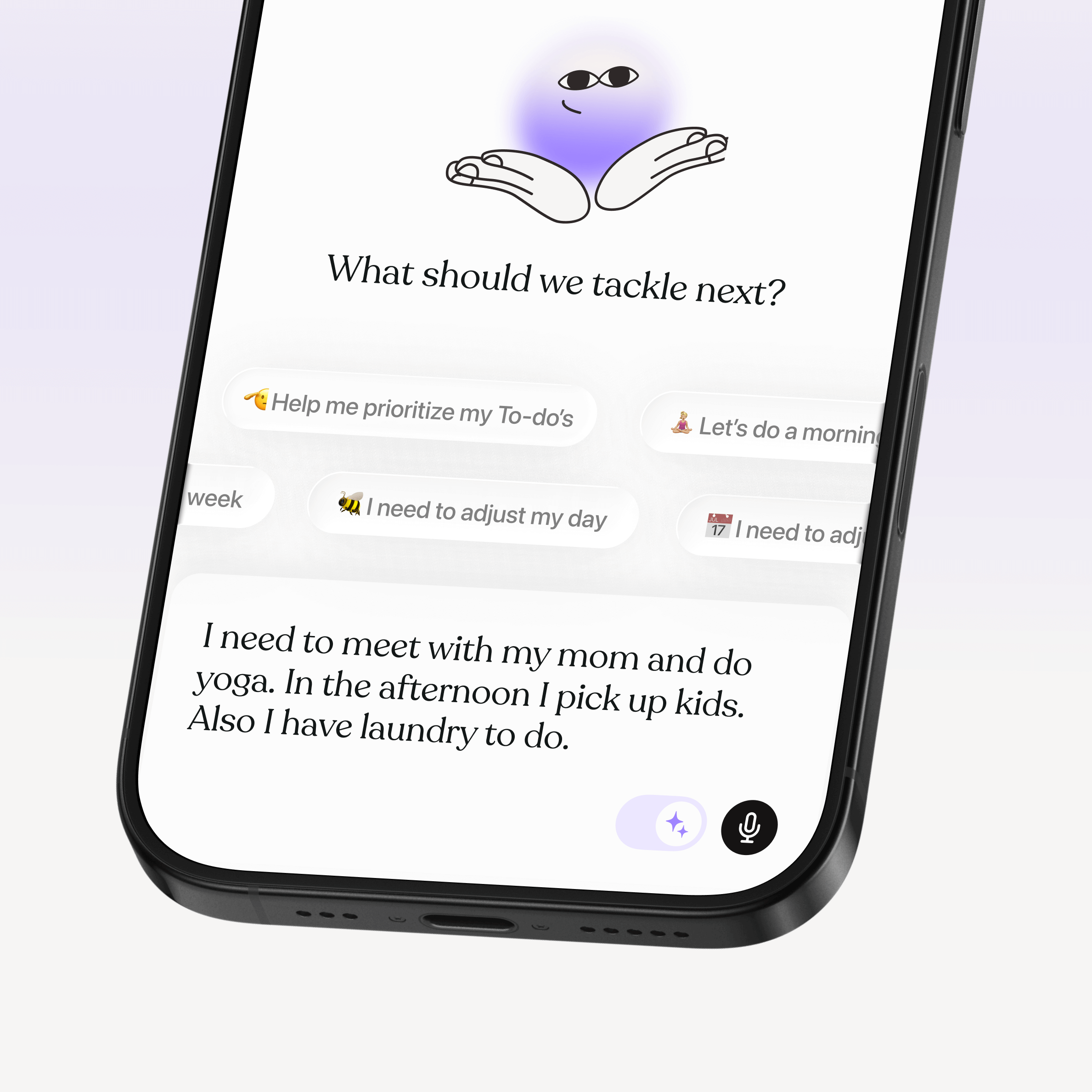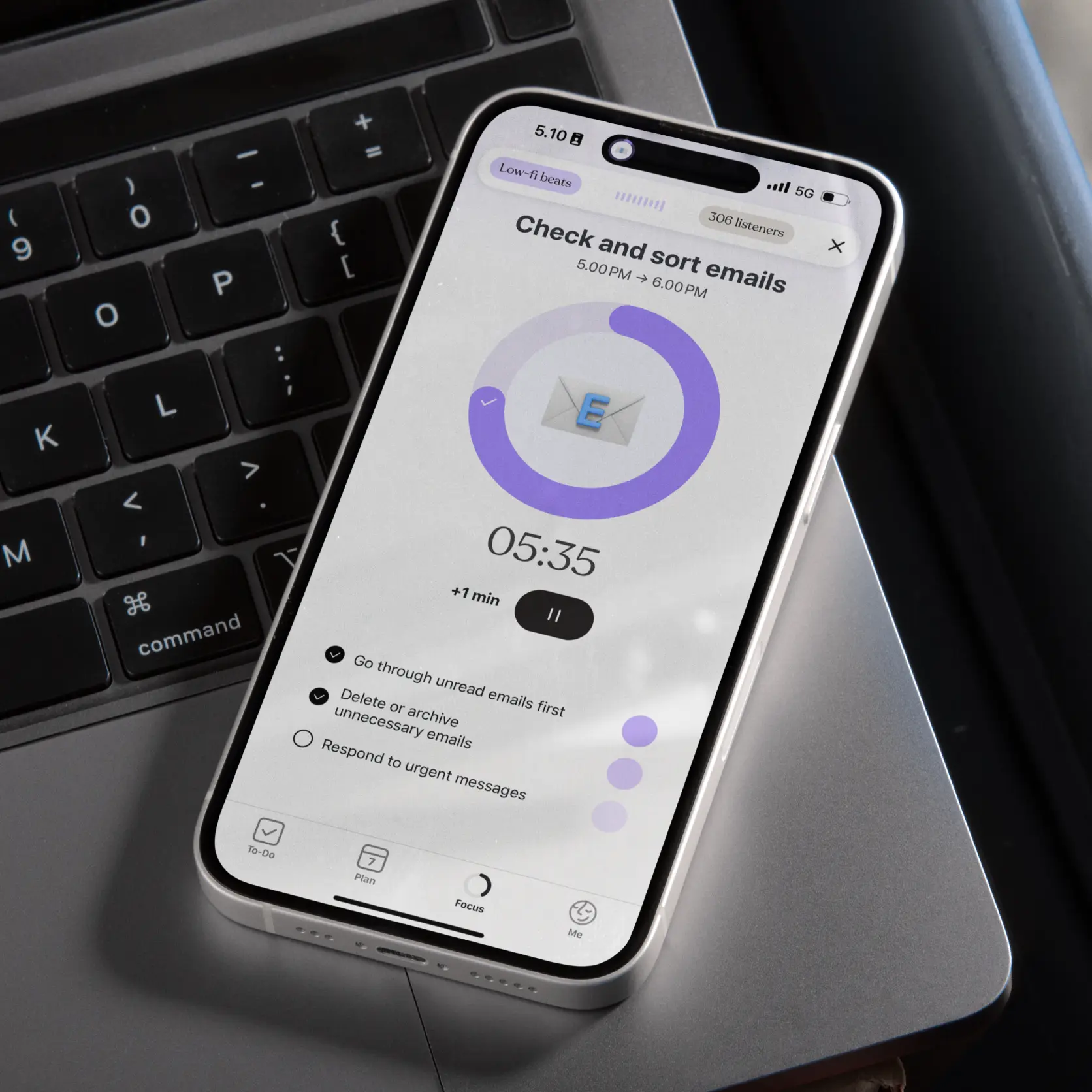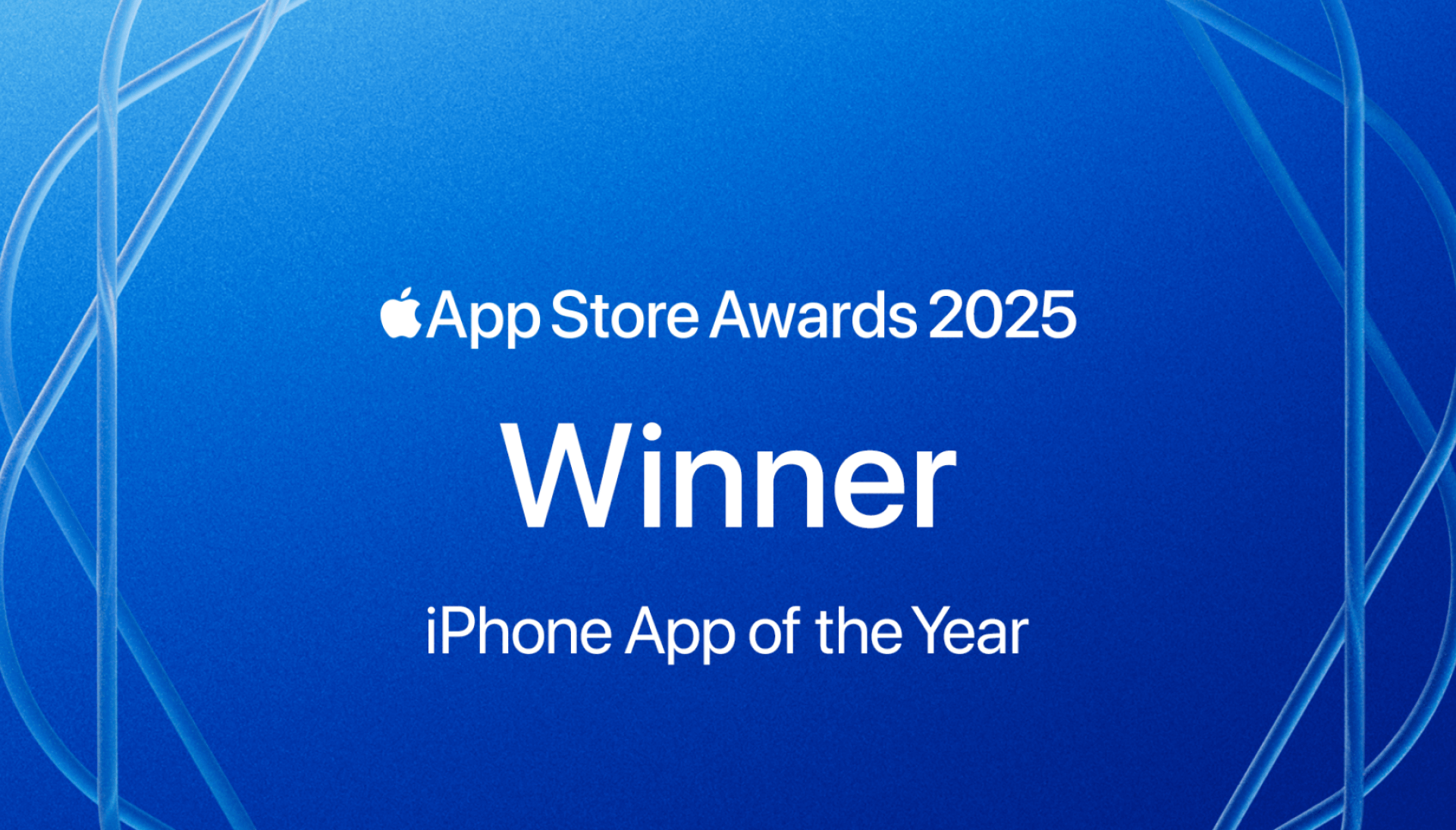Building visual structure that actually works
For many Autistic people, visual thinking and structured planning significantly reduce mental load and decision fatigue. This becomes especially crucial during winter when social demands, shopping obligations, and special events pile up relentlessly.
Create a December-specific visual system using a large wall calendar with different colors for different types of activities. Green might represent low-energy activities that restore you, yellow for moderate social events that require some preparation, red for high-demand gatherings that will need significant recovery time, and white for protected rest days that are completely unscheduled.
Build in generous buffer time between activities. Plan a full hour to decompress after family dinners, schedule extra time for transitions between locations, or block out entire days for recovery after big celebrations. You deserve space to move at your own pace rather than being rushed from one obligation to the next.
Recovery time keeps you functioning
Routines are often misunderstood as productivity tools, but for many Autistic people, they're actually essential self-regulation systems that prevent overwhelm and meltdowns. Recovery time functions as a necessity for operating in a world that constantly demands more energy than it gives back.
Schedule recovery like any other important appointment. Plan substantial downtime after social events rather than immediately jumping to the next obligation. Use protected time for special interests, comfort media, or simple meals that require minimal effort. Give yourself explicit permission to opt out of events when your body or brain needs it, remembering that saying no to one thing means saying yes to your wellbeing.
Preparing your sensory survival kit
Holiday environments are notorious for being sensory nightmares: loud, crowded, visually overwhelming, or full of unexpected textures, smells, and sounds. Instead of trying to cope in the moment, prepare your supports in advance.
Build a portable sensory kit with noise-reducing earplugs or headphones for overwhelming sound environments, fidgets and chewable jewelry for self-regulation during long social events, soft familiar clothes instead of scratchy formal wear, sunglasses for bright or flickering holiday lights, scented balm or essential oils for grounding, and comfortable shoes that won't hurt after hours of standing.
If you're hosting others, consider offering a designated quiet room with soft lighting, minimal noise, and comfortable seating where people can retreat when social interaction becomes too much.
Your special interests are holiday lifelines
One of the most effective ways to feel grounded during chaotic times involves maintaining connection with the things that bring you genuine joy and fascination. Your special interests function as self-regulation tools and help maintain your sense of identity when everything else feels foreign and demanding.
Protect time for what you love by setting aside dedicated hours for reading, drawing, researching, or creating. Watch the same comfort movie multiple times if that brings you peace. Spend time organizing collections or diving deep into whatever captivates your attention. Use special interests as stabilizing threads that carry you through weeks of disruption. These activities function as essential tools for mental health and emotional regulation during stressful periods, not guilty pleasures you should feel bad about prioritizing.
Technology as your holiday ally
Technology can serve as a powerful support system when your usual coping strategies feel insufficient during the holiday chaos. Smartwatches help with tracking time and setting gentle transition reminders. Smartphone apps organize tasks and appointments without losing track. Digital calendars sync across devices and travel with you wherever holiday obligations take you.
Tiimo offers visual daily planning designed specifically for neurodivergent users, with customizable timers, visual checklists, and flexible activity blocks that adapt to holiday schedule changes. If you already use a daily planning tool that works well, consider adjusting its settings specifically for the holiday season rather than abandoning structure when you need it most.
Creating space for both structure and spontaneous joy
There's no single correct way to experience or celebrate the holidays, and what works for your family or friends might not work for your brain and nervous system. Some people find this time of year truly magical and energizing. Others experience it as primarily exhausting and something to endure. Most of us feel some combination of both wonder and overwhelm.
What matters most involves shaping your time and energy in ways that feel sustainable and genuinely kind to yourself. Structure and spontaneity can coexist beautifully. You can plan ahead thoughtfully while still leaving space for unexpected moments of joy. You can build rest and recovery into your routine while still participating in celebrations that matter to you.
This winter, give yourself permission to say no to activities that drain you and yes to experiences that support your wellbeing. Create holidays that feel manageable rather than overwhelming. Use support systems that work with your brain rather than against it. Celebrate in ways that feel authentic to who you are.










